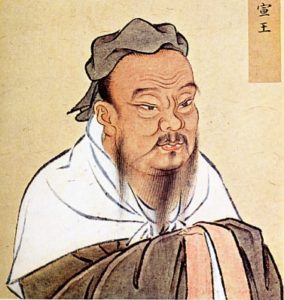 There are many little aspects in manga and anime that we Westerners miss because we have a different education system than the Japanese. One aspect we miss is just how strong Confucian values are present in some manga and anime.
There are many little aspects in manga and anime that we Westerners miss because we have a different education system than the Japanese. One aspect we miss is just how strong Confucian values are present in some manga and anime.
Naruto and Confucius spend a lot of time sitting under the same roof eating cup-o-ramen.
First, I need give you a bit of a refresher. Confucius was a Chinese philosopher that lived 551-479 BCE. His ideas, contained in his Analects, profoundly shaped how both the Chinese and Japanese govern themselves and view their world. His ideas are divided into 2 sections: social and political. His social values centered upon compassion and loving others. This meant avoiding speech and actions that can mislead people and live by the Confucian Golden Rule:
“What you do not wish for yourself, do not do to others.”
Politically, Confucius thought rulers should be rooted in the Golden Rule and the idea of social harmony, called wa.
Okay, with our history lesson out of the way, I need to note that most Japanese students read the Analects and are introduced to Confucian values pretty early in their schooling. So they will recognize Confucius in manga and anime pretty quickly. While most of us in here in the West are lucky to hear about the Analects in college. Of course, we tend to read our own Western equivalents.
Naruto is a good example for how Confucius is found in many manga and anime series. For those who don’t know the series, Naruto is an orphan and a troublemaker who wants to become the best ninja in the Hidden Leaf Village. He craves attention and often causes trouble. To top it off, he is shunned by the village because a dangerous Nine-Tailed Fox was sealed inside him when he was a baby; the Fox killed a lot of people and pretty much leveled the village.
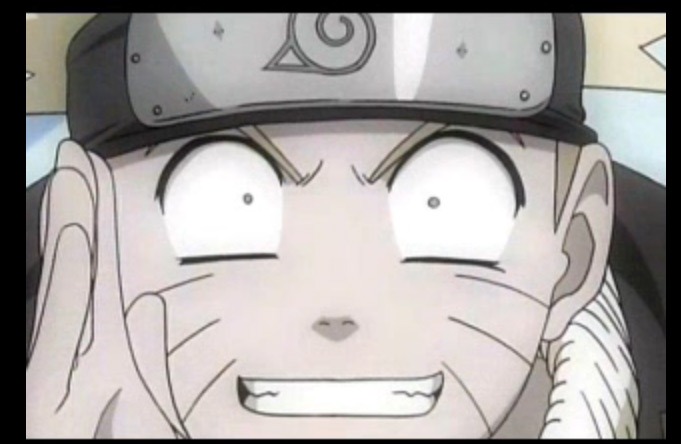 Naruto causes a lot of mischief in order to get people to notice him; he defaces a mountain carving above the village in just one of his antics. He is labeled by the village as a meiwaku, a nuisance. He only makes it worse with how immature and full of himself he can be. Naruto disrupts the wa of Hidden Leaf Village. According to Confucius and the leaders of the village, Naruto has to work to make amends with the community. In the case of the monument, Naruto’s sensei forces him to clean up the mess. In the scene, when Naruto complains, the teacher offers to treat Naruto to ramen at Naruto’s favorite ramen shop. This little reward is also found in Confucius’ writings; it is the tenet of benevolence. The teacher could just as easily laid on further punishment for grumbling.
Naruto causes a lot of mischief in order to get people to notice him; he defaces a mountain carving above the village in just one of his antics. He is labeled by the village as a meiwaku, a nuisance. He only makes it worse with how immature and full of himself he can be. Naruto disrupts the wa of Hidden Leaf Village. According to Confucius and the leaders of the village, Naruto has to work to make amends with the community. In the case of the monument, Naruto’s sensei forces him to clean up the mess. In the scene, when Naruto complains, the teacher offers to treat Naruto to ramen at Naruto’s favorite ramen shop. This little reward is also found in Confucius’ writings; it is the tenet of benevolence. The teacher could just as easily laid on further punishment for grumbling.
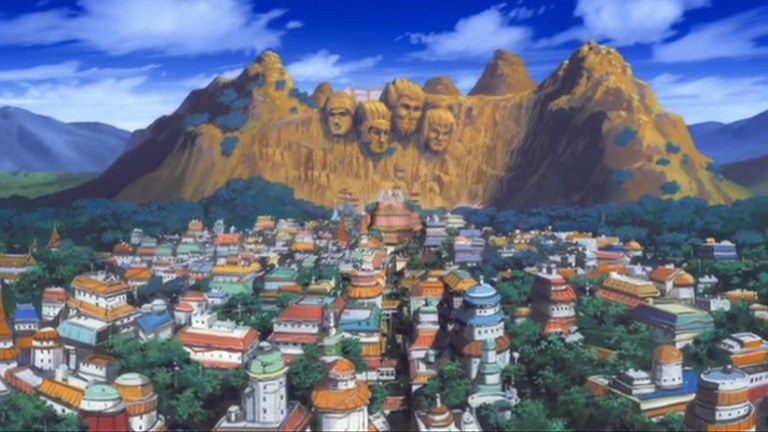 The way the manga/anime structures the Hidden Leaf Village and the relationships between Naruto, Naruto’s sensei, and the leader of the village illustrates various political relationships reader of Confucius will recognize: ruler-ruled, father-son, elder brother-younger brother. The leader of Hidden Leaf is the brother, father, and ruler for the entire village with how he acts. He is the Confucian ideal for a leader: wise, benevolent, and dutiful. Naruto’s sensei acts as the elder-bother. All of this helps shape Naruto from a troublemaker to a respectable member of the village.
The way the manga/anime structures the Hidden Leaf Village and the relationships between Naruto, Naruto’s sensei, and the leader of the village illustrates various political relationships reader of Confucius will recognize: ruler-ruled, father-son, elder brother-younger brother. The leader of Hidden Leaf is the brother, father, and ruler for the entire village with how he acts. He is the Confucian ideal for a leader: wise, benevolent, and dutiful. Naruto’s sensei acts as the elder-bother. All of this helps shape Naruto from a troublemaker to a respectable member of the village.
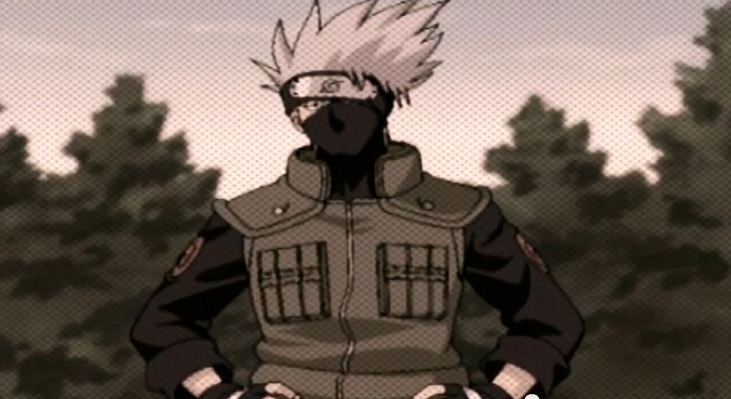 There are scenes throughout Naruto that illustrates Confucian values. Benevolence and reciprocity are common as Naruto grows up. The series even directly quotes from Analects during the bridge builder arch when the bridge builder asks why Kakashi fights so hard to defend him. Kakashi responds: “No doing right when you know it is right is the coward’s way. There are no weak soldier under a valiant commander. They’re teachers of the previous Hokage.”
There are scenes throughout Naruto that illustrates Confucian values. Benevolence and reciprocity are common as Naruto grows up. The series even directly quotes from Analects during the bridge builder arch when the bridge builder asks why Kakashi fights so hard to defend him. Kakashi responds: “No doing right when you know it is right is the coward’s way. There are no weak soldier under a valiant commander. They’re teachers of the previous Hokage.”
It is very similar to what Confucius actually wrote:
“Faced with what is right, to leave it undone shows a lack of courage.” Analects 2:24.
Anime and manga draw quite heavily on philosophy, folklore, myths, and religion. As Westerners we often miss these allusions since we are not exposed to them very often, if at all. Manga and anime are ways to explore different facets of Japanese culture. The trick is knowing what to look for!
What Confucian values have you seen in other anime?
References
Born, Christopher. (2009). In the Footsteps of the Master: Confucian Values in Anime and Manga. ASIANetwork Exchange. 17[1]. p. 39-53.
Lewis, Catherine. (1995). The Roots of Japanese Educational Achievement: Helping Children Develop Bonds to School. Educational Policy. 9[2]. p 129-152.
Riegal, Jeffery. (2006). Confucius. Stanford Encyclopedia of Philosophy. Retrieved March 18, 2013 from http://plato.stanford.edu/entries/confucius/#ConSoc
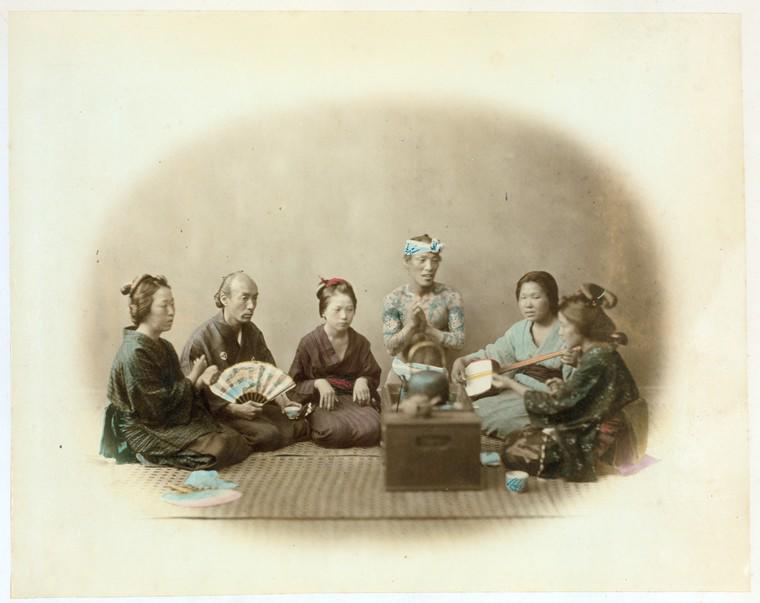

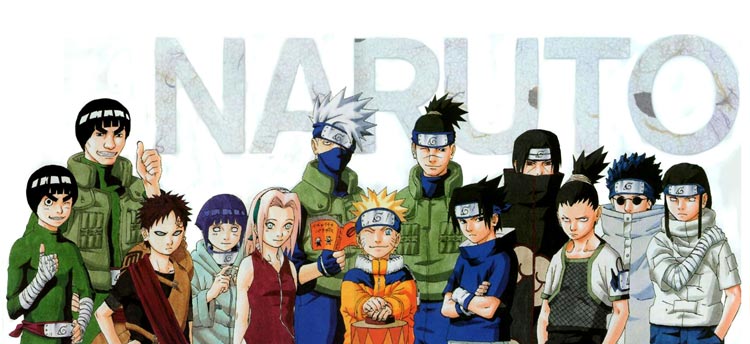
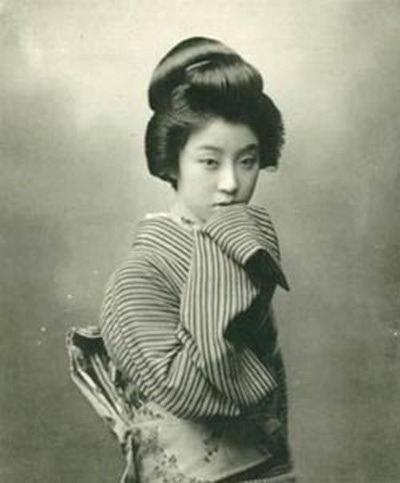
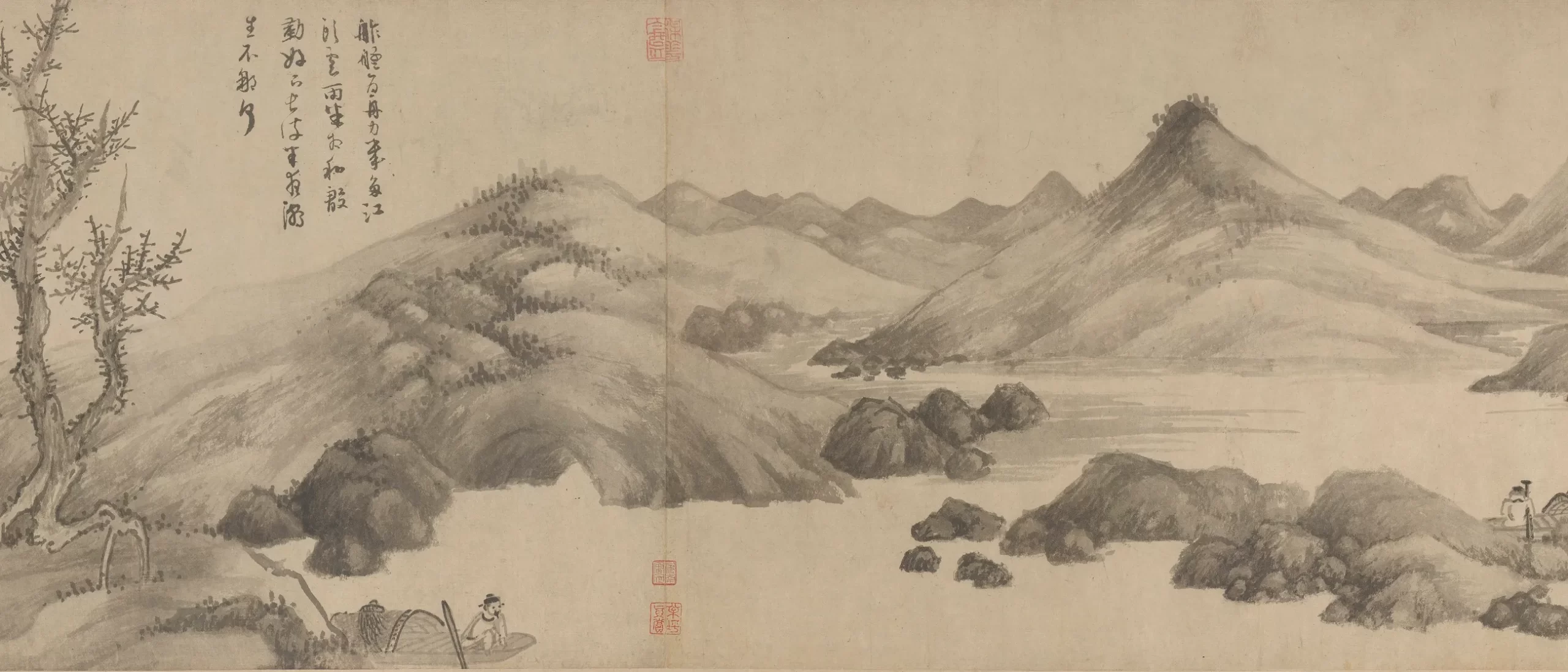
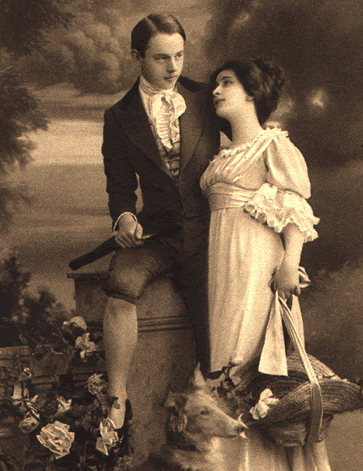
6 thoughts on “Naruto and Confucius in the Hidden Shonen Village”